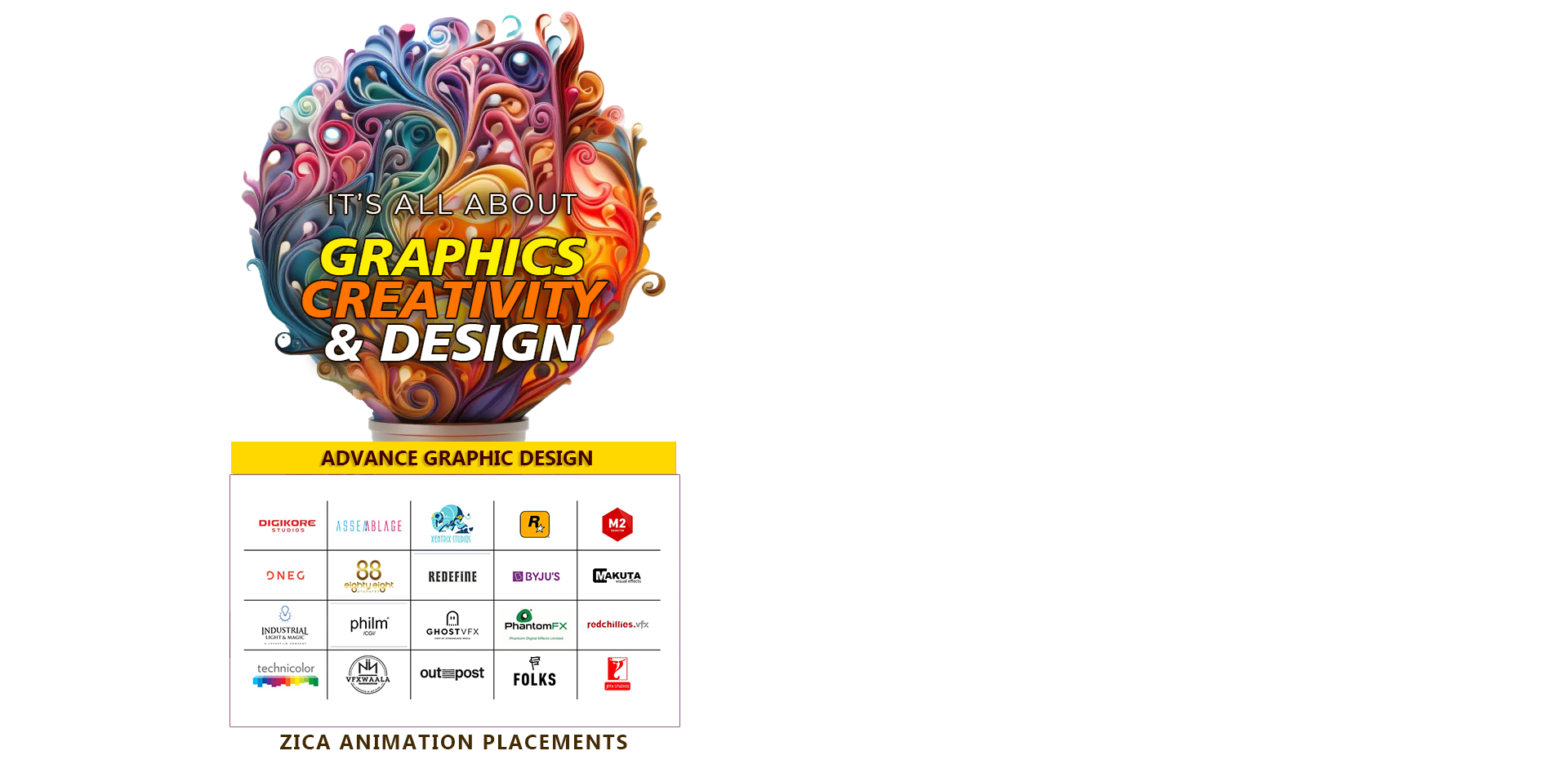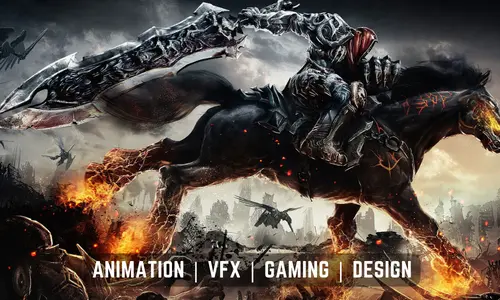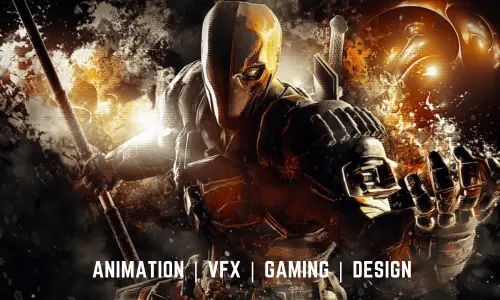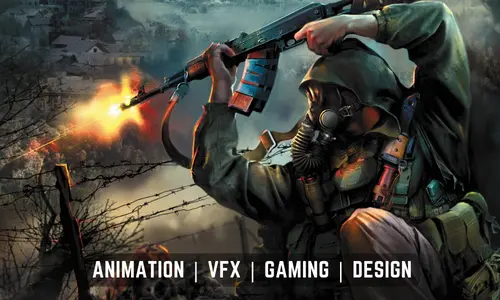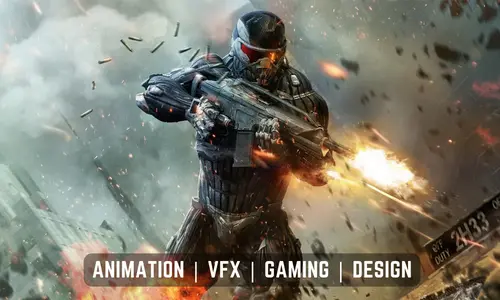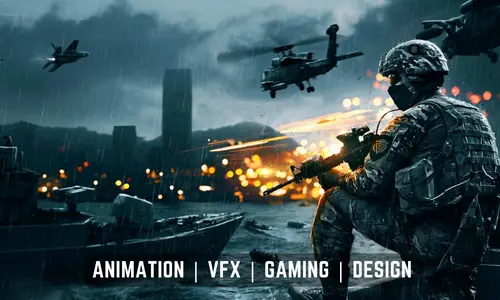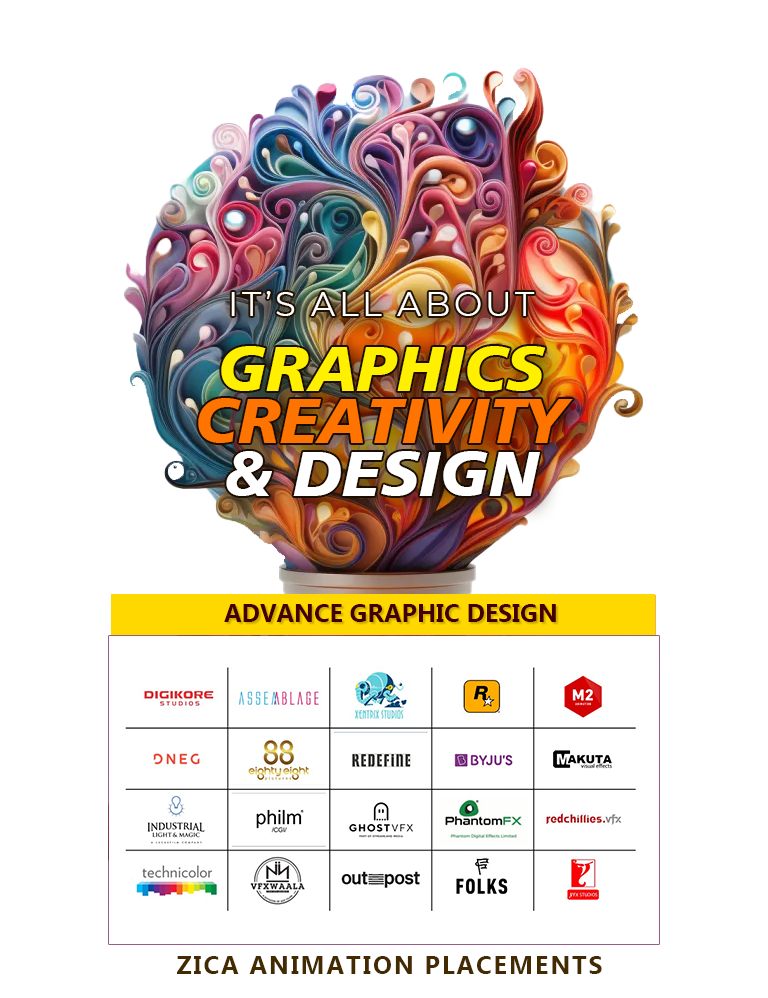
Best Graphic Design Institute in Borivali, Mumbai
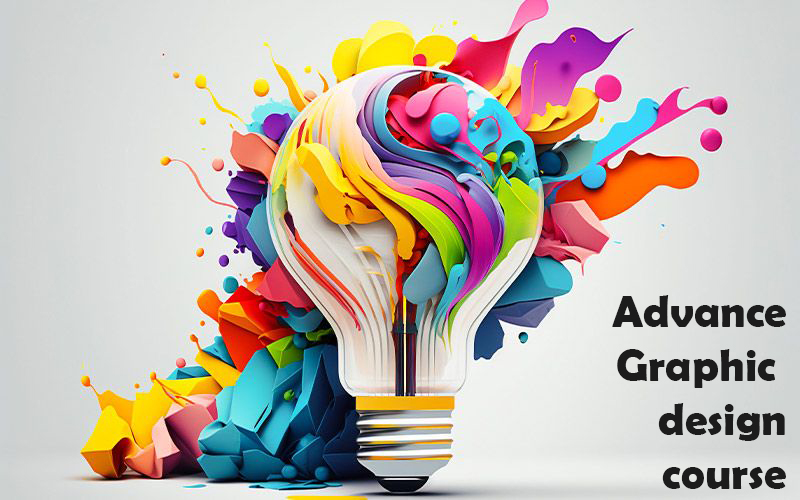
Best Graphic design course in Borivali, Mumbai at ZICA.
Choosing a graphic design course after completing 10th, 11th, or 12th Grade can indeed be a wise decision for students aspiring for a successful career in the creative industry. Graphic design is a field that offers numerous opportunities for growth and innovation, particularly in a city like Mumbai, known for its vibrant creative scene.
Unleash Your Creativity with ZICA Animation Borivali, Mumbai - The Premier Graphic Design Institute
Enrolling in a reputable institution like ZICA Animation Borivali can provide students with a solid foundation in graphic design. Their advanced graphic design course is designed to offer comprehensive training in both theoretical concepts and practical skills necessary to excel in the field.At ZICA Animation Borivali, we believe that every individual possesses a unique creative spark waiting to be ignited. Our expert faculty members are dedicated to nurturing this creativity and guiding you through a comprehensive curriculum that covers all aspects of graphic design.
Understanding the Role of Graphic Design in Various Industries
From advertising and branding to publishing and digital media, graphic design plays a pivotal role in shaping visual narratives and captivating audiences across diverse industries. Our course explores the multifaceted applications of graphic design and its transformative impact on modern communication.Overview of Design Principles and Elements
Design is not merely about aesthetics; it's about intention, strategy, and effective visual storytelling. Through a comprehensive overview of design principles and elements, students gain a deep understanding of balance, contrast, typography, and other essential components that drive compelling design solutions.Historical Perspectives and Influential Designers
The legacy of graphic design is rich with visionary artists and trailblazing innovators who have left an indelible mark on the field. From the Bauhaus movement to contemporary design luminaries, we delve into the historical evolution of graphic design and celebrate the contributions of influential designers who have shaped its trajectory.Join us at ZICA Animation Borivali as we embark on a journey of discovery, creativity, and mastery in the captivating world of graphic design. Whether you're a budding designer seeking to hone your craft or a seasoned professional looking to expand your repertoire, our advanced graphic design course offers the perfect platform to unleash your creative potential.
Enroll today and unlock a world of endless possibilities in graphic design. Enquire Now !

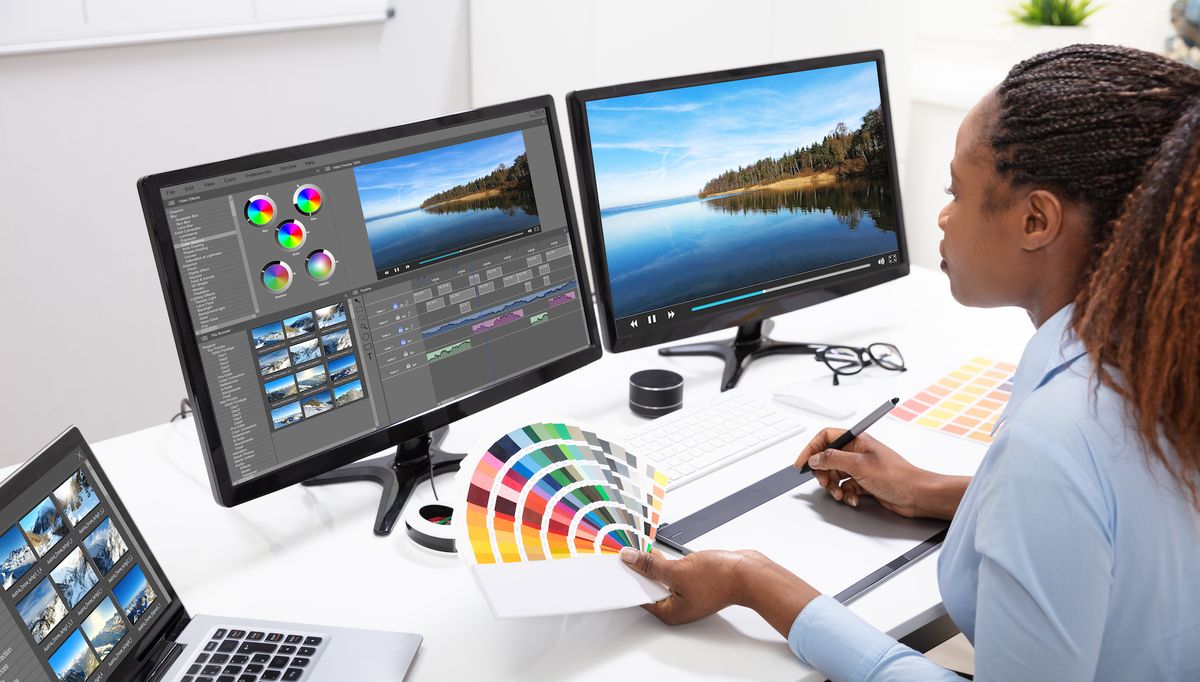
Here are some frequently asked questions (FAQs) about the graphic design course at ZICA Animation Borivali, Mumbai:
| Questions about graphic design course | All answers about Graphic Design course |
| What is the duration of the graphic design course at ZICA Animation Borivali? | The duration of our graphic design course varies based on the program level and intensity. Typically, our courses range from 6 months to 1 year, offering students a comprehensive learning experience. |
| What are the prerequisites for enrolling in the graphic design course? | There are no specific prerequisites for enrolling in our graphic design course. However, a passion for creativity, a keen eye for design, and basic computer literacy are advantageous. |
| What software will I learn during the course? | Our curriculum emphasizes hands-on training with industry-standard software such as Adobe Photoshop, Illustrator, coreldraw, Figma, Adobe XD, Premiere and InDesign. These tools are essential for graphic design professionals and widely used across various industries. |
| Advance graphic Design course Fees | 45,000 to 1,40,000/- |
| Are there any opportunities for internships or real-world projects? | Yes, we provide opportunities for internships and real-world projects to our students. These experiences allow students to apply their skills in a professional setting, gain practical insights, and build their portfolios. |
| Is financial aid or installment options available for the course fees? | We understand the importance of accessibility to education. Therefore, we offer flexible payment options and installment plans to assist students in managing their course fees. Additionally, we provide information about potential financial aid or scholarship opportunities. |
| Will I have access to industry experts and guest lectures? | Yes, we regularly invite industry experts and guest lecturers to share their insights, experiences, and best practices with our students. These sessions provide valuable networking opportunities and expose students to current trends and innovations in the field of graphic design. |
| What career opportunities can I pursue after completing the graphic design course? | Our graphic design course prepares students for diverse career opportunities in areas such as advertising, branding, digital media, publishing, web design, and more. Graduates may pursue roles as graphic designers, art directors, UI/UX designers, and creative professionals in various industries. |
| How do I enroll in the graphic design course at ZICA Animation Borivali? | To enroll in our graphic design course or to learn more about the admissions process, prospective students can visit our website, contact our admissions team, or visit our campus for personalized assistance and guidance. |

Graphic designer job opportunities
| Advertising Agencies: | Graphic designers create visually appealing advertisements, promotional materials, and branding campaigns for clients across various industries. |
| Graphic Design Studios: | Design studios specialize in graphic design services, including logo design, packaging design, web design, and print collateral creation. |
| Marketing Departments: | Many companies have in-house marketing teams that rely on graphic designers to develop marketing materials, social media graphics, email campaigns, and visual content for digital marketing efforts. |
| Digital Media Agencies: | Graphic designers create multimedia content, interactive graphics, and user interface designs for websites, mobile applications, and digital platforms. |
Enquire Now !
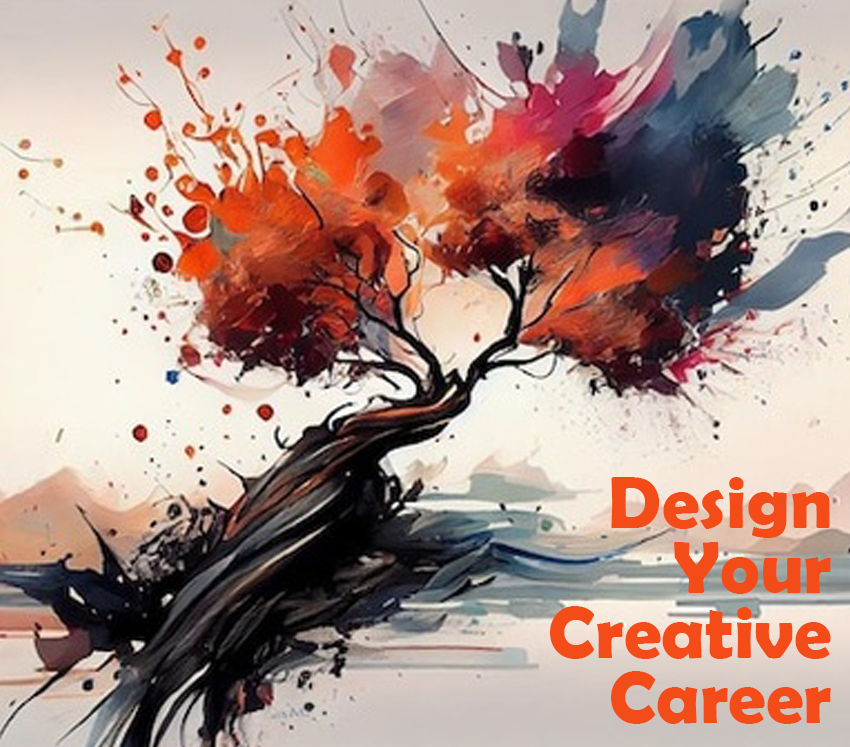

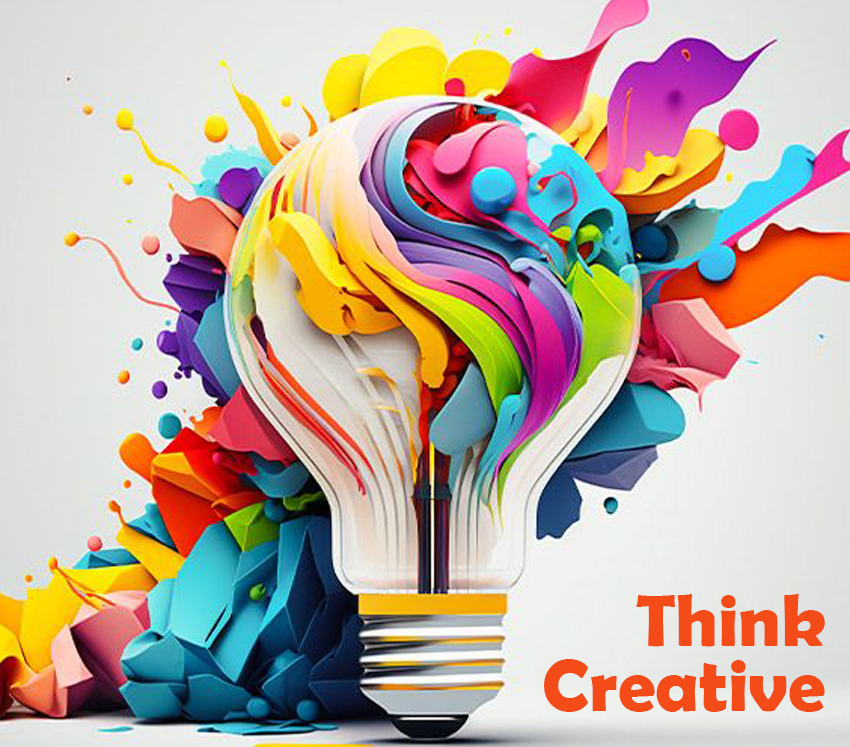
Soft Skills Required for Graphic designer
In addition to technical proficiency in design software and creative abilities, graphic designers also require a set of soft skills to excel in their roles. Here are some essential soft skills for graphic designers: Creativity: Graphic designers must have a high level of creativity to develop original and innovative design concepts that effectively communicate messages and ideas to target audiences.Communication Skills: Effective communication skills are essential for graphic designers to understand client requirements, convey ideas to team members, and present design concepts to clients or stakeholders.
Collaboration: Graphic designers often work as part of a team, collaborating with clients, copywriters, photographers, illustrators, and other professionals. The ability to work collaboratively and adapt to feedback is crucial for success in the field.
Time Management: Graphic designers often work on multiple projects with tight deadlines. Strong time management skills enable designers to prioritize tasks, meet deadlines, and deliver high-quality work within established timelines.
Attention to Detail: Graphic designers must pay close attention to detail to ensure accuracy in typography, layout, color choices, and other design elements. Attention to detail is essential for producing polished and professional-looking designs.
Problem-Solving Skills: Graphic designers encounter various design challenges and client requirements that require creative problem-solving skills. The ability to analyze problems, explore alternative solutions, and make informed design decisions is critical.
Adaptability: The design industry is constantly evolving, with new trends, technologies, and client preferences emerging regularly. Graphic designers must be adaptable and willing to learn new skills to stay current and relevant in the field.
Openness to Feedback: Graphic designers should be open to receiving constructive feedback from clients, colleagues, and stakeholders. Embracing feedback helps designers improve their work, refine design solutions, and ultimately deliver better outcomes.
Empathy: Understanding the needs, preferences, and perspectives of clients and target audiences requires empathy. Graphic designers must empathize with their audience to create designs that resonate emotionally and intellectually.
Visual Literacy: Graphic designers need a strong understanding of visual principles, aesthetics, and design theory to create visually compelling and effective designs. Visual literacy enables designers to communicate messages visually with clarity and impact.
Business Acumen: Having basic business acumen is valuable for graphic designers, especially for freelancers or those working in client-facing roles. Understanding budget constraints, project requirements, and business objectives helps designers deliver solutions that align with client goals.
Resilience: The design process often involves setbacks, revisions, and challenges. Resilience allows graphic designers to persevere through obstacles, learn from failures, and maintain a positive attitude throughout the creative process. Enquire Now !

Best graphic design courses in mumbai?
When considering the best graphic design courses in Mumbai, ZICA Animation Borivali emerges as a top contender. Renowned for its advanced training programs and commitment to student success, ZICA Animation Borivali stands out for its comprehensive curriculum and impressive placement record. Students enrolled in their graphic design courses benefit from a curriculum designed to equip them with the latest industry-relevant skills and techniques. The institute's experienced faculty members provide invaluable guidance and mentorship, ensuring that students receive quality education and practical insights into the world of graphic design.One of the key highlights of ZICA Animation Borivali is its emphasis on placement opportunities. With a remarkable track record of 100% placements, the institute has established strong connections within the industry, enabling students to kickstart their careers upon completion of the course. This aspect sets ZICA Animation Borivali apart, as it not only focuses on imparting knowledge but also prioritizes the employability of its graduates.
Furthermore, ZICA Animation Borivali fosters a conducive learning environment that encourages creativity, collaboration, and innovation. Students have access to state-of-the-art facilities and resources, allowing them to explore and experiment with various design concepts and technologies. Whether aspiring to work in advertising agencies, design studios, or multimedia firms, graduates of ZICA Animation Borivali are well-prepared to thrive in the dynamic field of graphic design. Enquire Now !
Online graphic design course in mumbai?
ZICA Animation Institute in Borivali, Mumbai, offers an exemplary online graphic design course tailored to meet the needs of aspiring designers in the bustling city. Recognized for its expertise in animation and multimedia education, ZICA's online graphic design course stands as a beacon of quality and innovation in the field.Designed by industry professionals and seasoned educators, the course curriculum at ZICA Animation Institute covers a comprehensive range of graphic design topics, including design principles, typography, digital imaging, branding, and user experience design. Students enrolled in the online program benefit from a rich learning experience facilitated by interactive multimedia content, video tutorials, and hands-on projects.
One of the key advantages of ZICA's online graphic design course is its emphasis on practical skills and real-world applications. Students have the opportunity to work on industry-relevant projects, gaining valuable insights and honing their creative abilities under the guidance of experienced mentors. Enquire Now !

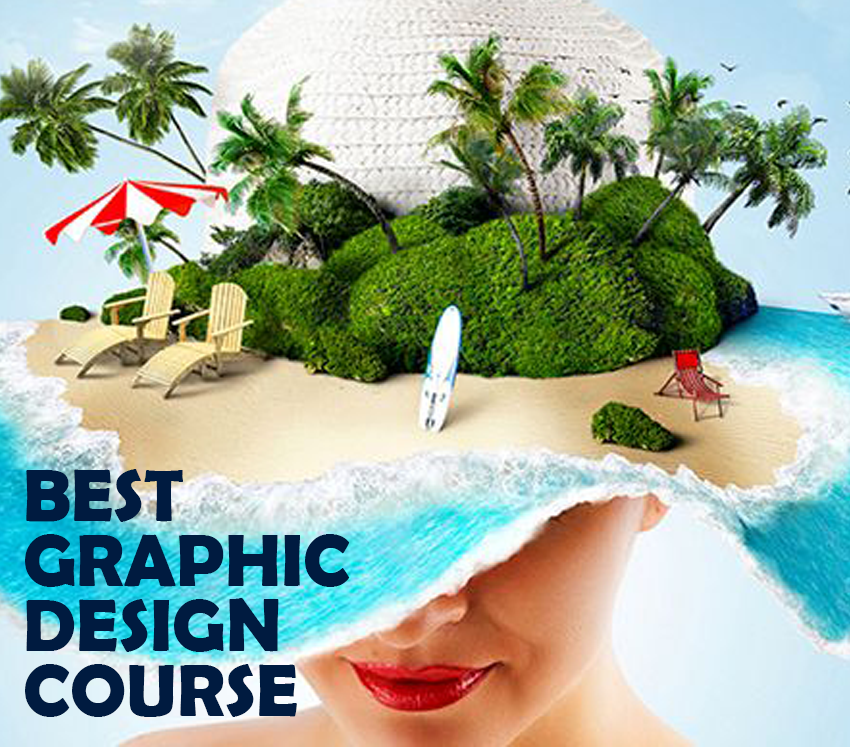
Short term graphic design courses in Mumbai
ZICA Animation Borivali, located in Mumbai, offers short-term graphic design courses designed to equip students with essential skills and knowledge in a condensed timeframe. These courses are ideal for individuals looking to enhance their graphic design proficiency efficiently and effectively.ZICA's short-term graphic design courses cover a range of fundamental topics essential for aspiring designers, including design principles, typography, layout design, image editing software proficiency (such as Adobe Photoshop, Illustrator, and InDesign), branding, and digital illustration.
The advantage of ZICA's short-term courses lies in their focused and intensive approach, allowing students to dive deep into key concepts and practical applications within a short span of time. The curriculum is carefully crafted to balance theoretical learning with hands-on projects and real-world scenarios, ensuring that students develop both technical skills and creative thinking abilities.
Moreover, ZICA Animation Borivali boasts experienced faculty members who provide personalized guidance and mentorship to students throughout their learning journey. The institute's state-of-the-art facilities and conducive learning environment further enhance the overall learning experience.
By completing a short-term graphic design course at ZICA Animation Borivali, students gain valuable insights into the field of graphic design and acquire tangible skills that are immediately applicable in various professional settings. Whether pursuing a career in advertising, branding, web design, or digital media, graduates of ZICA's short-term courses emerge well-prepared to meet the demands of the dynamic and competitive design industry. Enquire Now !

What Is Unreal Engine 5 (UE5)?
Unreal Engine 5 represents a significant leap forward in real-time 3D content creation, empowering developers to create stunning and immersive experiences across various industries. As the engine continues to evolve, staying updated with the latest features and tools will be essential for maximizing its potential.
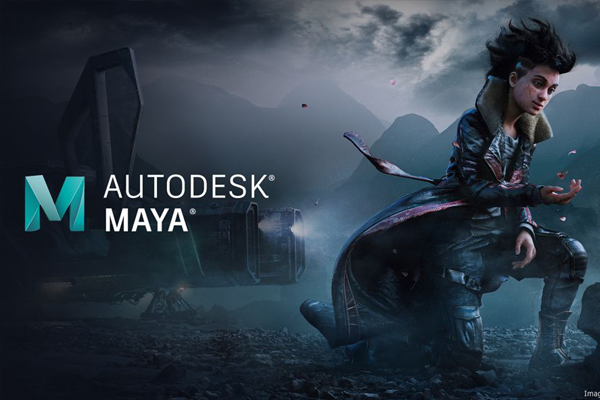
MAYA Integration with Game Engines:
FBX Support: Maya supports the FBX file format, facilitating the transfer of 3D assets between different software applications and game engines.
Direct Integration Plugins: Some game engines, such as Unreal Engine and Unity, have direct integration plugins for Autodesk Maya, streamlining the import process.
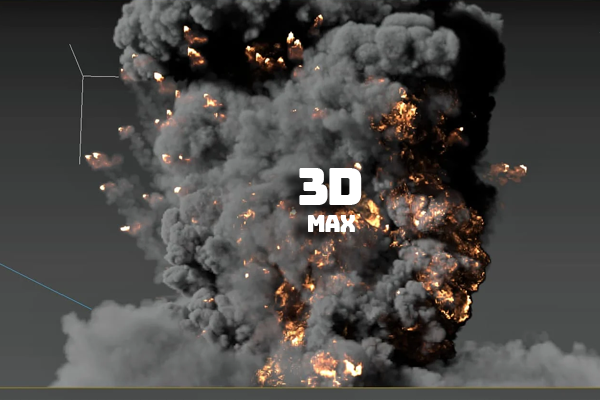
Autodesk 3Ds Max for Gaming
Autodesk 3ds Max is a comprehensive 3D modeling, animation, and rendering software widely used in various industries, including gaming. Game developers often leverage 3ds Max for creating 3D assets, characters, environments, animations, and more. Here are some key aspects of using Autodesk 3ds Max for game development:

Nuke Compositing Visual Effects
Master B, the premier compositing and visual effects tool, to become a professional compositing artist. Nuke's versatile features enable crafting pixel-perfect digital content with CGI, footage, 3D models, text, and imagery. Its robust toolsets and adaptable framework empower compositors to create stunning visuals, making it a top choice in the industry.
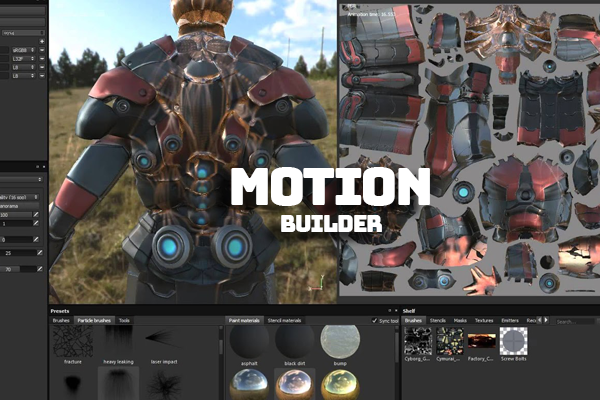
Motionbuilder Capture and Editing
Real-Time Animation: MotionBuilder excels in real-time character animation, making it well-suited for motion capture workflows where actors' movements are recorded and applied to 3D characters instantly.
Smoother Workflows: The software offers tools for cleaning and editing motion capture data, ensuring smoother and more realistic character animations.
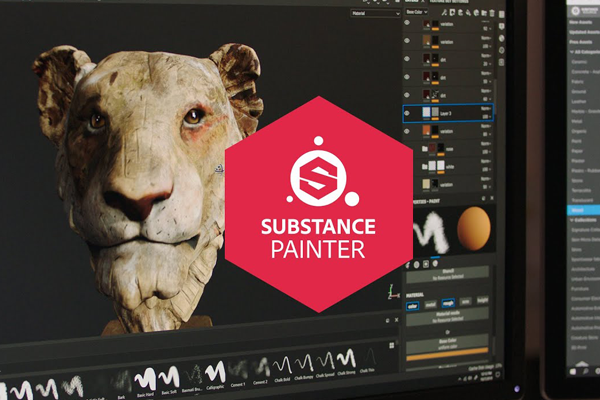
Adobe Substance Painter for gaming
Adobe Substance Painter is a widely used 3D texturing software in the gaming industry, known for its powerful and intuitive tools for creating high-quality textures and materials. Game developers leverage Substance Painter to enhance the visual appeal of 3D models, ensuring that they look realistic and engaging in various gaming environments. Here are key aspects of using Adobe Substance Painter for gaming

Unity Graphics and Rendering
Unity provides a high-quality rendering engine that supports both 2D and 3D graphics. The engine supports modern rendering techniques, including Physically Based Rendering (PBR), to achieve realistic visuals.
Unity offers robust animation and rigging tools, allowing developers to create dynamic and expressive character animations for their games.
CONTACT US FOR FURTHER INFORMATION
LOCATION ADDRESS :
Borivali Branch:2nd Floor, Thakkar Shopping Centre, Showroom 3, Swami Vivekananda Rd, Borivali West, Mumbai, Maharashtra 400092
302, Rishikesh Apartment, Swami Vivekananda Rd, above Sapna Hotel, opp. N. L. School, Malad West, Mumbai, Maharashtra 400064
Phone No :
+918828225522+919004814410
